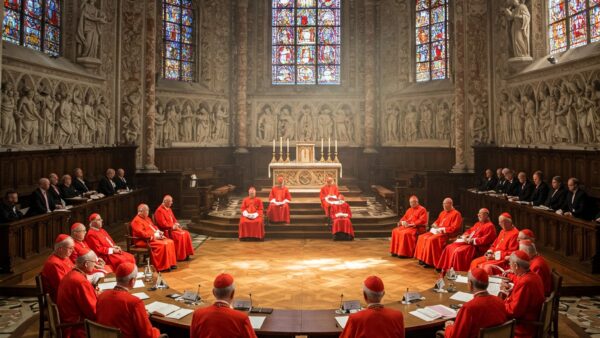Thousands of years ago, some of the earliest traces of civilization emerged along the banks of the Indus River valley. The Indus Valley Civilization flourished between 3300 BC and 1300 BC, developing impressive urban centers like Mohenjo-Daro and Harappa. “An Era of Sophisticated Planning and Trade”
This early civilization was marked by sophisticated town planning and public architecture. Well-organized cities featured advance drainage systems and specialized craft areas. Merchants from this region established vibrant trade networks, exchanging goods as far away as Mesopotamia and Africa. Scholars also believe this period saw the early development of a writing system, using symbols still not fully deciphered today. Overall, the Indus Valley civilization demonstrates an astoundingly advanced culture for its time.
Rise of Powerful Empires and A Golden Age of Intellect
After a period of decentralized rule, the Maurya Empire ushered in a new era of unified governance. Founded by Chandragupta Maurya in 322 BC, this empire was expanded under the leadership of his grandson, Ashoka the Great. “Political Centralization and the Spread of Buddhism”
Under Ashoka, the Mauryan administration established efficient systems and infrastructure like roads and canals. Ashoka also embraced Buddhism after a bloody battle, propagating the religion’s principles of non-violence throughout his realm via edicts. This helped spread Buddhist teachings across the subcontinent. The Mauryan period witnessed significant cultural and scientific progress as well.
Between the 4th-6th century AD, India entered a golden age under the powerful Gupta Dynasty. Called “the Classical Age of India,” this era flourished in all fields of knowledge. “An Explosion of Intellectual Achievements and Cultural Developments”
Groundbreaking mathematicians like Aryabhata used Pi and a place-value system to calculate solutions to complex equations. Kalidasa composed renowned literary works still studied today. And astronomers like Varahamihira made discoveries in areas such as lunar eclipses. Architectural marvels and exquisite art also emerged during this culturally vibrant period in Indian history.
The Eclectic Heritage of Medieval Muslim Dynasties
In the 12th century, Turkic and Afghan invaders established the Delhi Sultanate, heralding the arrival of Islam to India. color=”orange”>”A Blending of Cultures under Islamic Rule”
Over the following centuries, powerful dynasties such as the Khilji and Tughlaq rose to prominence before the Mughals founded an empire in 1526. The Mughals, descendants of Central Asian warlords, adopted Indian customs and belief systems. Under Akbar’s reign, religious tolerance blossomed. Architecture was especially refined during the Mughal era, with structures like the Taj Mahal and Red Fort adorning the landscape. Indian classical music also evolved and diverged from its Persian roots. Overall, the Delhi Sultanate and Mughal Empire represent a syncretic phase that melded Persian, Central Asian, and indigenous cultural influences.
The Struggle for Independence and Building a New Nation
By the late 18th century, the British East India Company established firm control over much of India through economic dominance and military might. This eventually led to direct British rule over the entire subcontinent. “Resistance to Colonial Rule and the Fight for Swaraj”
Mass resistance against oppressive British policies intensified in the early 1900s, led by courageous figures like Mahatma Gandhi, Jawaharlal Nehru, and Subhash Chandra Bose. Non-violent civil disobedience movements like the Salt Satyagraha gained worldwide attention and support for the cause of Indian independence. After over a century of colonial dominance, India finally attained self-rule as a sovereign republic in August 1947.
“Post-Independence Endeavors and Continuing Progress”
Since then, India has notably progressed in diverse fields while also facing substantial issues. During subsequent decades, initiatives such as the Green Revolution fueled agricultural growth. Indian space research has achieved landmarks from launching satellites to manned missions. On the other hand, challenges persist regarding poverty alleviation, sustainable development, and communal harmony that remain work in progress. Today, India stands tall as the world’s largest democracy and continues striving toward an even brighter future.

Originally posted 2023-09-08 12:51:38.




